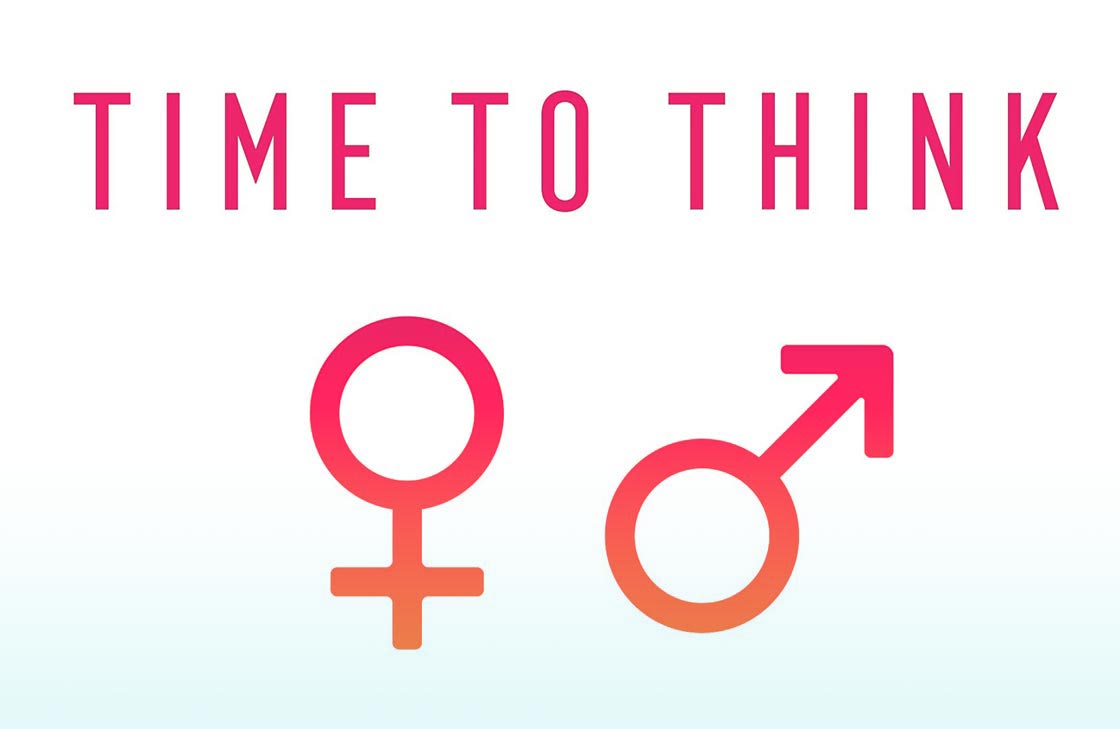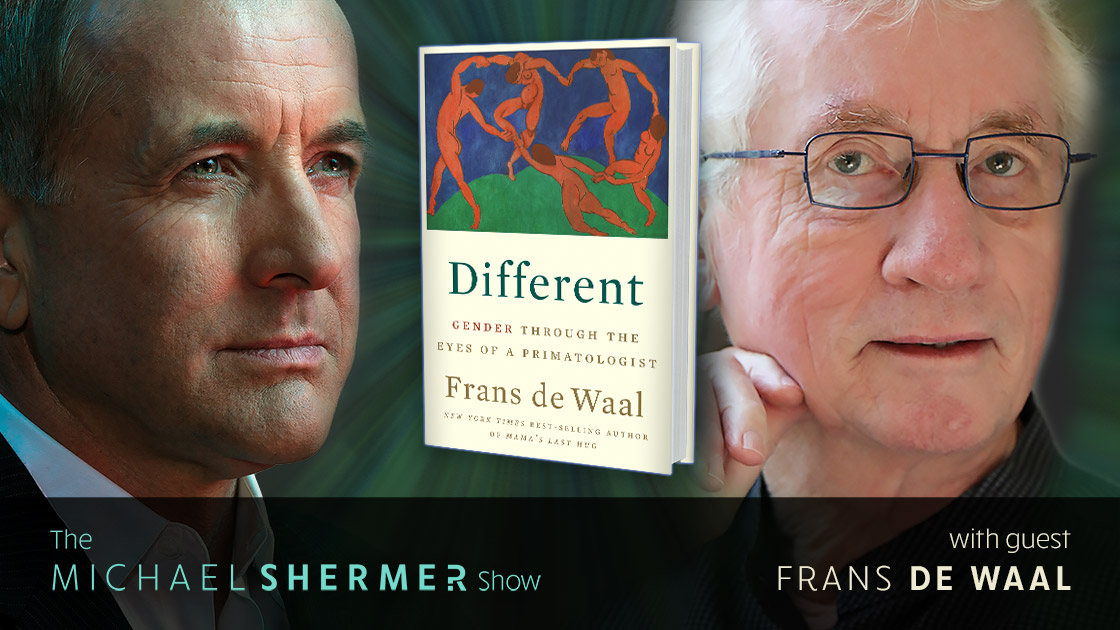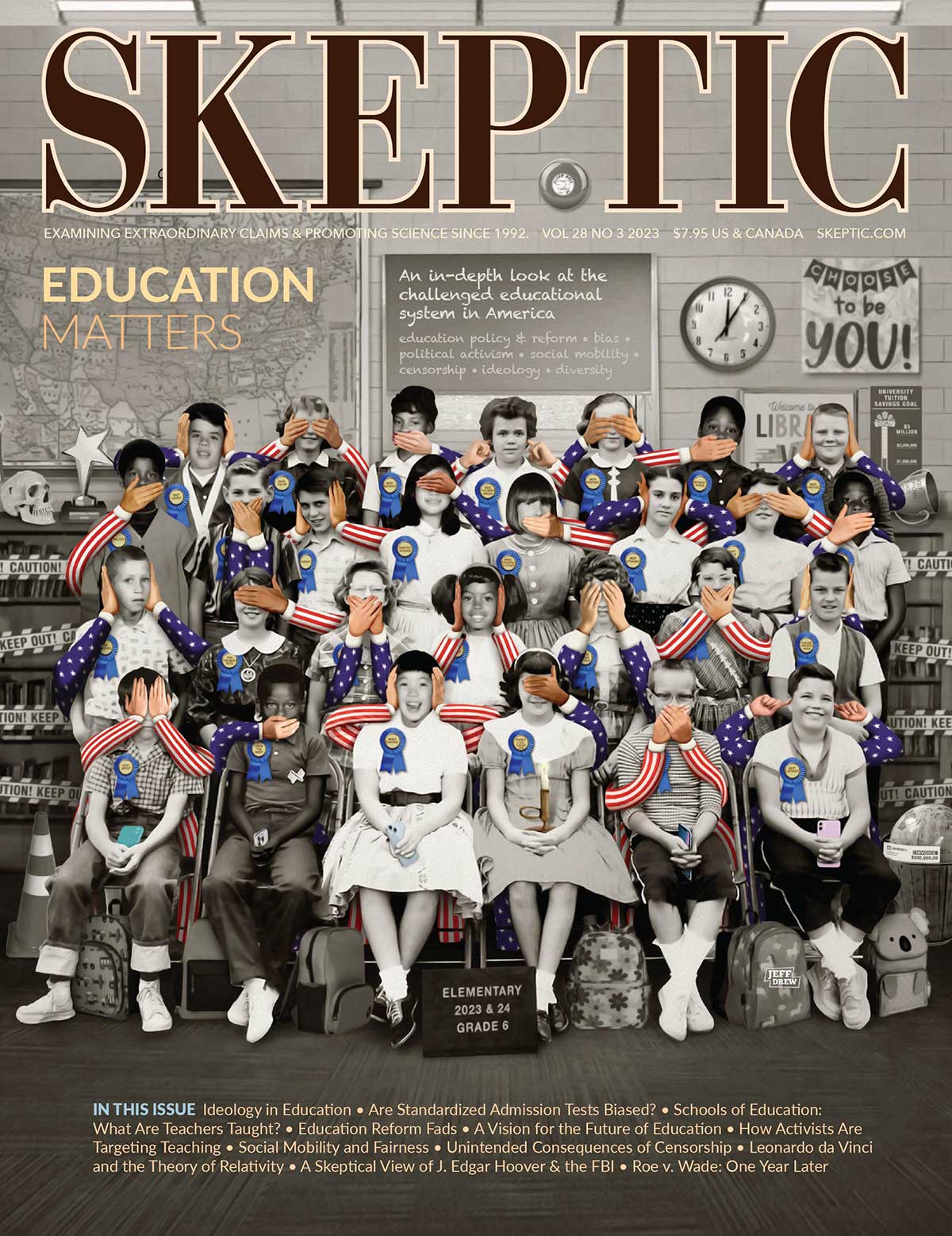
What is gender identity? Why do some people feel an inconsistency between their natal sex and the gender they consider themselves to be, and when and why does that “dysphoria” begin? A few very young children, mostly boys, prefer the clothes, names, and activities of girls before they even have a concept of “boy” and “girl.” But do the reasons for their gender incongruence apply to the adolescents, mostly girls, who show no interest in transitioning until puberty or later?…

According to the standard model of evolutionary psychology females tend to be sexually coy, discriminating, and risk averse while males are sexually assertive, indiscriminate, and risk taking. Not so fast, says Carol Tavris in this skeptical look at the standard model, as context and species also matters in how we analyze behavior, especially sexuality.

What is gender? How different are men and women? Are differences due to biological sex or to culture? How do they compare with what is known about our fellow primates? Do apes also culturally learn their sex roles or is “gender” uniquely human? Michael Shermer and Frans de Waal discuss sexual orientation, gender identity, and the limitations of the gender binary, exceptions to which are also found in other primates.











